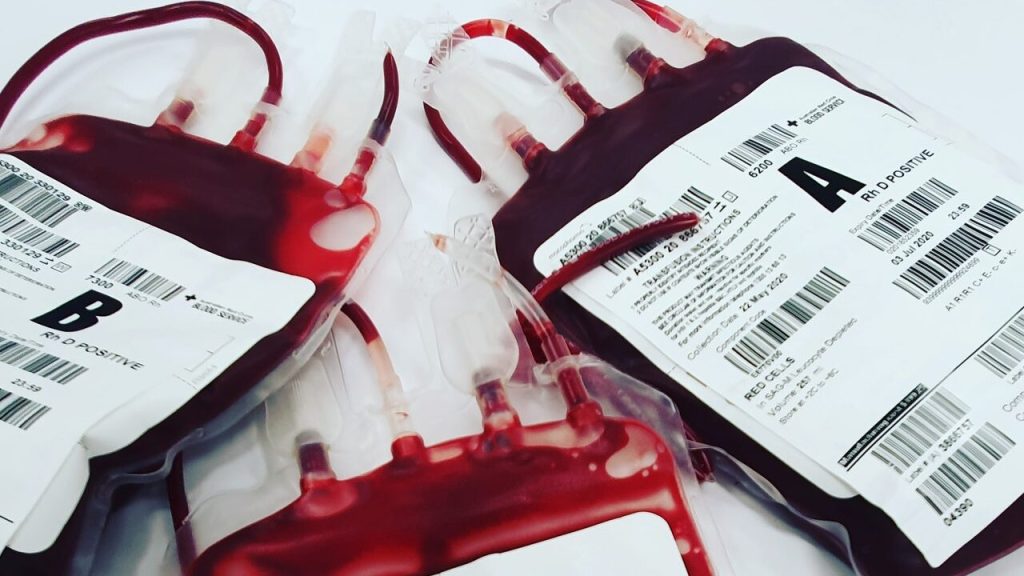More Blood Transfusions may Improve Major TBI Outcomes

Increased use of blood transfusions after major traumatic brain injury could help patients in intensive care units to regain greater functional independence and a better quality of life.
Six months after a major traumatic brain injury (TBI), patients who benefited from this approach regained more functional independence and had a better quality of life than those subjected to a more restrictive approach, even though the combined incidence of death and major disability was not significantly different between the two treatment groups.
This is the conclusion of an international research team led by Alexis Turgeon, professor at Université Laval, Canada Research Chair in Neurological Critical Care and Trauma, critical care physician and researcher at CHU de Québec-Université Laval, whose work is published today in the New England Journal of Medicine.
“This randomized clinical trial, initiated in 2017, was carried out in 34 hospital centres in Canada, the United Kingdom, France and Brazil. Its aim was to compare two blood transfusion strategies – one so-called restrictive and the other liberal – employed to care for people hospitalized in an intensive care unit following a TBI. These approaches differ in the degree of anemia, or the minimum hemoglobin concentration that must be present in patients’ blood before a blood transfusion can be given,” explains Professor Turgeon.
“Most patients hospitalised after a TBI suffer from anemia, defined as low haemoglobin concentration, which could reduce oxygen transport to the brain during a period when it is most vulnerable,” points out François Lauzier, also a professor at Université Laval and who co-led the study with Professor Dean Fergusson of the Ottawa Hospital Research Institute.
The restrictive approach consists in tolerating a low haemoglobin level before giving a transfusion, while a liberal approach aims to maintain high haemoglobin levels, thus giving more blood transfusion.
“By improving oxygen transport to the brain during the acute phase of care, it may be possible to save more nerve cells in the days following a TBI, thereby preventing additional brain damage,” says Professor Turgeon.
To conduct the study, the research team recruited 742 critically ill patients with moderate or severe TBI and anaemia defined as a haemoglobin level of 10g/dL or less during hospitalisation. Randomly divided into two groups, these individuals were subjected to one or other of the transfusion strategies during their stay in the intensive care unit. To maintain these thresholds, the care teams administered blood transfusions whenever necessary.
Six months after TBI, the research team assessed the level of overall recovery for each group, including neurovegetative status, dependence on activities of daily living and impairments preventing resumption of activities that had been performed prior to TBI. “The combined incidence of death and major disability was not statistically different between the two groups, but seemed favouring the liberal strategy in all analyses,” says Professor Turgeon. What’s more, those treated using the liberal approach showed a higher functional independence measure and quality of life index than those treated using the restrictive approach.
“In light of the overall results of our study and considering the safety of current blood transfusions, the liberal strategy is probably the option that should be preferred in the acute phase of care to improve long-term prognosis following TBI,” concludes Professor Turgeon.
Source: Université Laval




